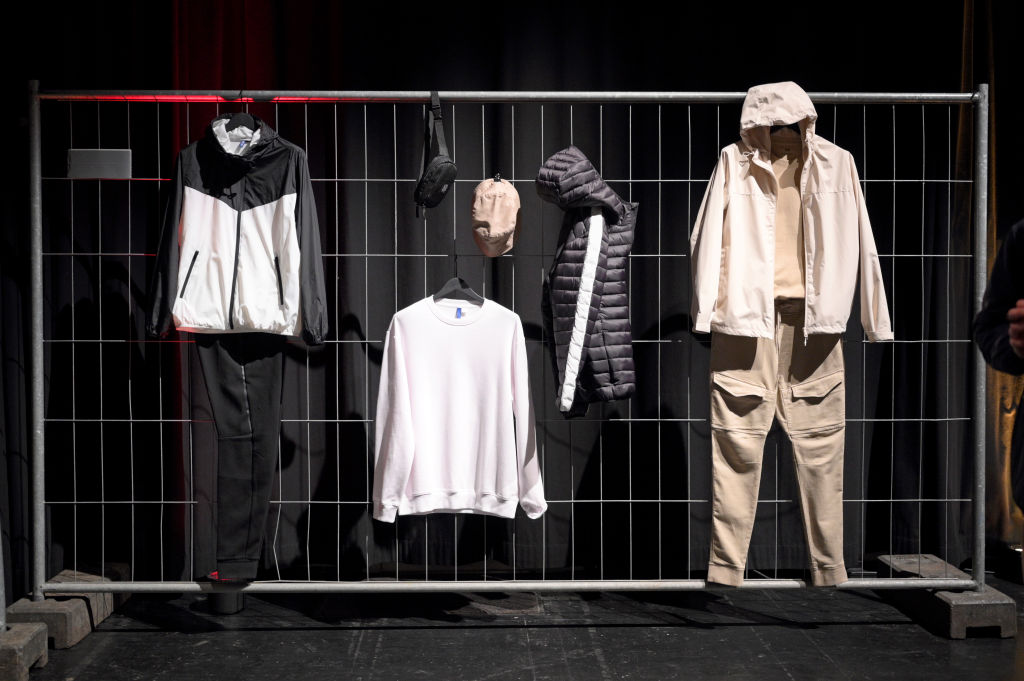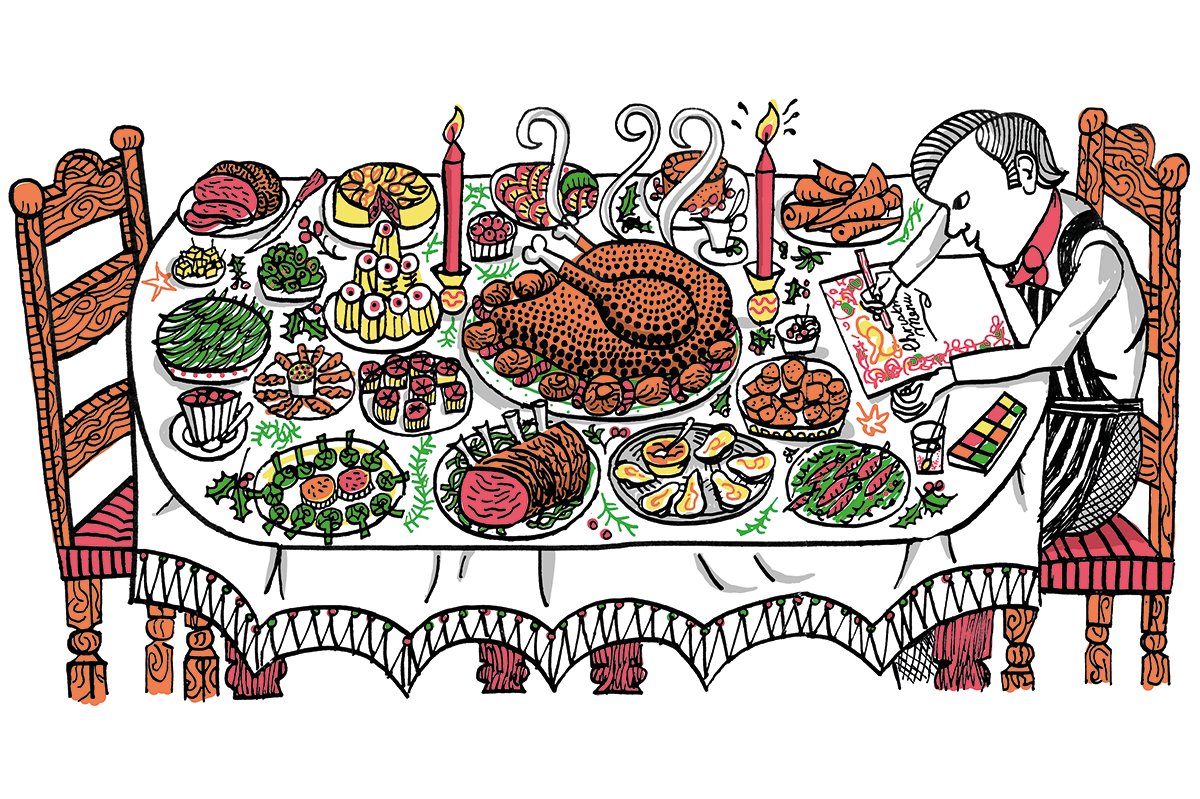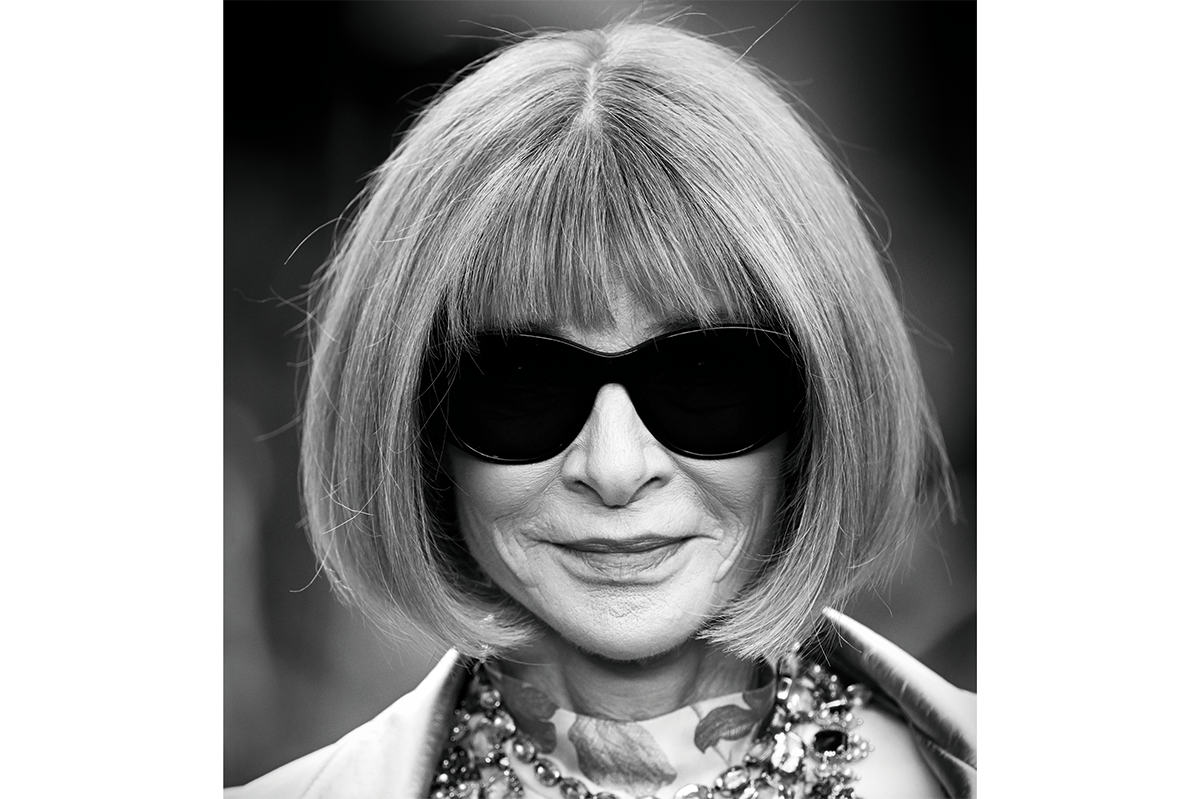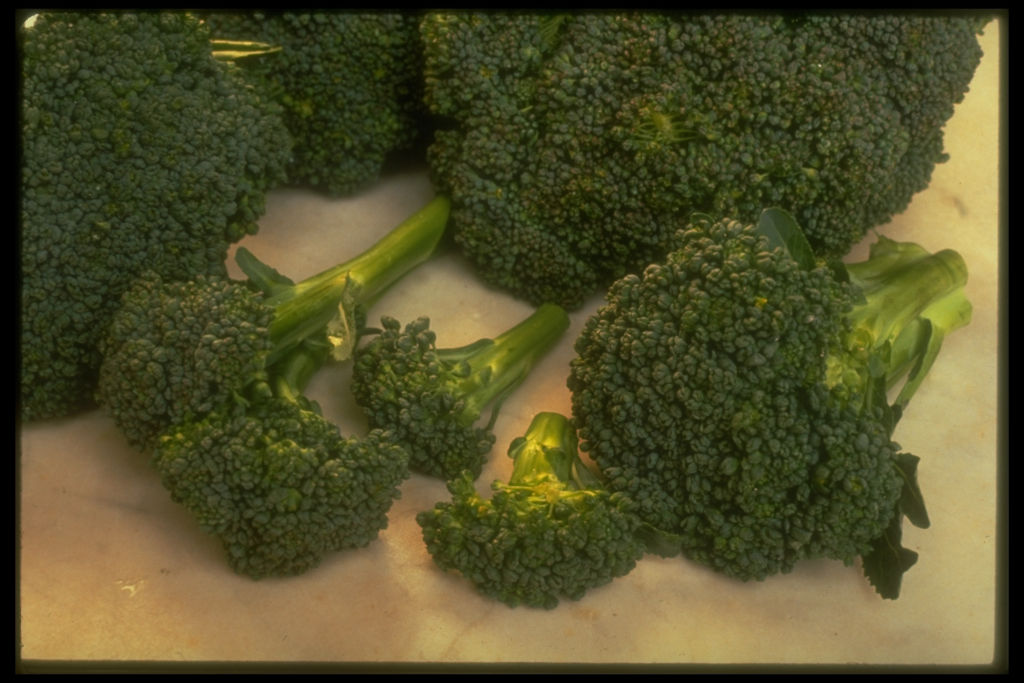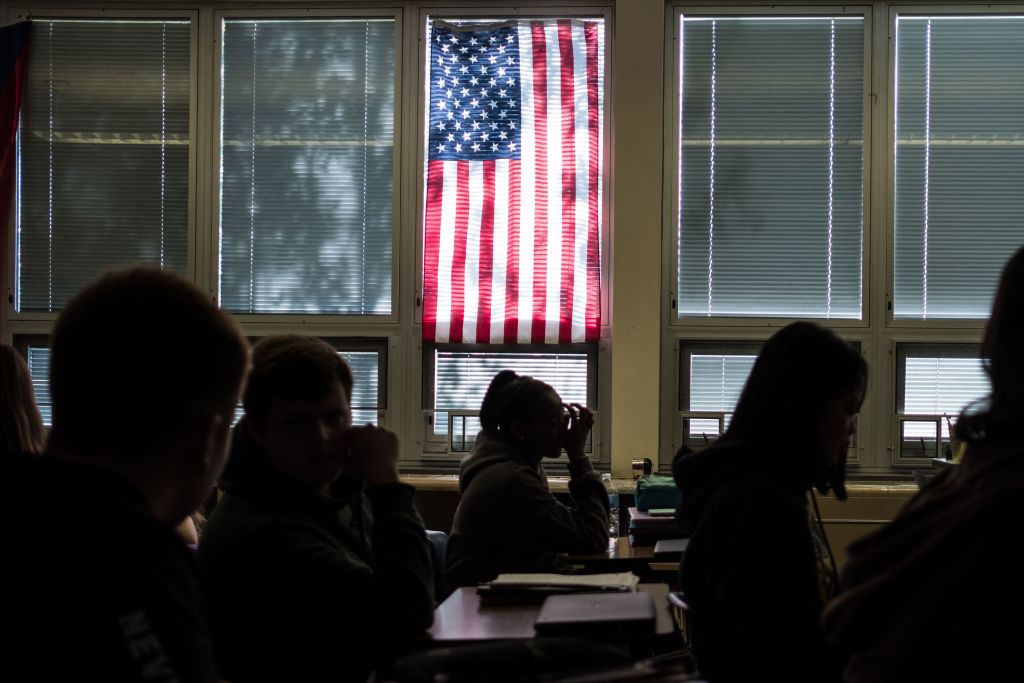The Covid-19 outbreak has been hard on us all. So please: as we slowly return to our in-person office jobs (assuming we do at all), don’t make it any harder than it already is by dressing like you’re still working from your makeshift at-home “office.”
“The coronavirus pandemic has boosted Americans’ love of comfort wear, accelerating a trend toward wearing athletic attire — also known as ‘athleisure’ wear — at all hours of the day,” reports CBS News. “Since the beginning of the pandemic, sales of formal attire have slumped as stuck-at-home workers prioritize how they feel over how they look.”
The athleisure market — already a $155 billion industry — is expected to skyrocket to $257 billion over the next five years. While that’s good news for Track Suits R Us, it spells doom for our society.
It’d be one thing if America was actually embracing a life of vigorous activity. But an American Psychological Association survey finds that “42 percent of U.S. adults reported undesired weight gain” to the tune of 29 pounds on average during Covid, while a Twitter user who reported that repetitious sweatpants-wearing caused him to “forget how to use buttons” suggests the new style trend heavily favors “leisure” over “athletics.”
It’s not as if the fashion world was really at the top of its game before the pandemic struck. In 2019, for instance, singer Halsey showed up to a fancy red carpet event in a get-up she described as “kind of naked, kind of classy.” Wonderwall.com’s description of her outfit is worth a thousand pictures: “[The creation] paired black undergarments with a sheer red dress dotted with floral appliques, all held in place by a thick belt.”
Since then, Covid’s stay-at-home orders and remote work allowances have been all but the stiletto heel in our society’s sartorial coffin. Take this year’s 2021 Fashion Awards at Albert Hall, where most of the men stood on the red carpet of the glitzy gala in tennis shoes and baggy pants. Model Winnie Harlow took leisurewear to a whole new level by wrapping herself in what appeared to be the actual duvet from her bed and walking out the door in it.
It is not too late, however! I implore you, dear Spectators, no matter how comfy those oversized fleecy pants appear to be, or how convenient those skintight stretchy leggings are for work and play — resist! It is imperative that you make a spectacle of yourself this season and save civilization!
The holidays are, after all, the perfect time to go full glam with gusto. Puttin’ on the ritz in December has historically been, at least until the advent of “remote Christmas parties” (really? Can’t we all just go home and drink alone like we do every night?), an occasion for women to splurge on new dresses, handbags, shoes, jewelry, and manicures, while men celebrate by wearing their special Christmas ties. ‘Tis the season of rich velvet, sophisticated silks and satins, luxurious cashmere, dazzling diamonds, eye-catching sequins, finely woven woolens, and luxe furs. Make the most of it! Present yourself this year as you would a Christmas present (none of this lame “gift bag” crap!): carefully covered in something exquisite that’s folded and fitted and trimmed just right.
The Yuletide is also the perfect time to refine one’s appearance, because we’re assailed by inspirations of sophistication at every turn. It’s helpful that the best, most popular Christmas music has remained — thank goodness — relatively inert since the 1960s. When you hear Bing Crosby crooning “White Christmas,” or Nat King Cole’s irresistible smoker’s voice soothe your soul with “The Christmas Song,” you’re whisked away to another time and place that drips with elegance. You can bet Burl Ives wasn’t wearing a graphic T-shirt and ripped jeans that showed off tacky tattoos when he wished us all a Holly Jolly Christmas.
There are the movies, too, that have somehow survived the ages. Everyone, even during the Great Depression, has a set of “Sunday best” clothes in It’s a Wonderful Life. Violet Bick, down on her luck and enduring hard times, comes to beg George Bailey for a loan in an extravagant fascinator and a matching suit that fits her like a glove. (There’s a reason she gets the loan.) All the ladies and gentlemen in Miracle on 34th St., Holiday Inn, and White Christmas have as their everyday attire what would amount to an extravagant prom ensemble by today’s standard. Even Ralphie, in A Christmas Story, wears a necktie and blazer to make a good impression when he visits Santa Claus at the department store before being booted to the bottom of the slide.
“It might be said that society speaks through the clothing it wears,” said Pope Pius XII. “Through its clothing it reveals its secret aspirations and uses it, at least in part, to build or destroy its future.” What, then, does athleisure tell of our secret aspirations and the type of future we’re building (or destroying)? Currently, it appears to be a lazy ethos that prioritizes “me time” with clothing that waffles between thinking about going to the gym and ending up on the couch.
A century ago, fashion was functional, and people’s outfits served a specific purpose. Think Downton Abbey. Lady Mary is rarely seen in the same costume twice: she has duds designed for breakfast, a suit to go hacking in, that is, of course, separate from her foxhunting habit, something to wear while taking the train that’s different from what she wears to afternoon tea and is certainly set apart from evening wear. There’s also a dress that’s set aside in the event of a really fancy ball.
Of course, the elite of society will always be an extreme example, but it’s not too much to ask that the average person employ one type of attire for work and another for idling. It’s a matter of respect to present oneself in a way that says: “I put some thought and effort into my appearance today, for you, the public.” It’s also science: the Wall Street Journal reminded us last year, at the height of the work-from-home phenomenon, of a 2012 study on what Northwestern University researchers termed “enclothed cognition.” “What you wear while working actually matters,” reported the Journal. “Your clothing choices at home can affect productivity and performance.”
While it’s a little more complex than wear a suit, be successful, it’s clear that “clothes systematically influence wearers’ psychological processes.” I can attest to this truth with extra authority, as this year I was able to partake in four costumed affairs: two roaring ‘20s parties, one Founders’ Day event that had me in something chic from the 1770s, and another old-timey reenactment that had me playing a pioneer. Let me tell you: wearing a sheath dress covered in gold beads and a headband sprouting feathers, or a perilously cumbersome, form-fitting, floor-length frock (near a roaring fire) causes you to carry yourself and behave in a manner altogether different from how a pair of leggings and a hoodie prompt you to act.
While we must guard against excess vanity, we can’t sit idly by and watch our sense of style descend from sharp to slob without putting up a fight — preferably a duel, fought in a perfectly tailored set of togs, with an engraved, exotic walking stick used on Christmas Day to rap the hands of relatives opening any gift made with spandex.



